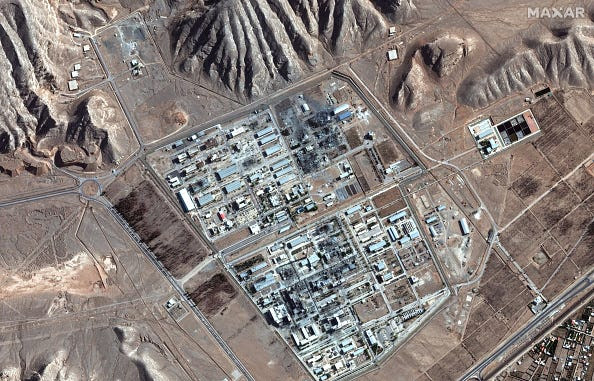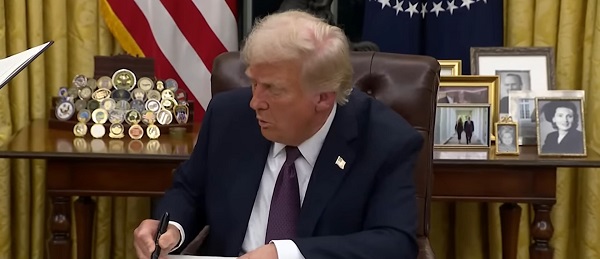Censorship Industrial Complex
New documentary exposes climate agenda as ‘scam’ to increase globalist power and profit
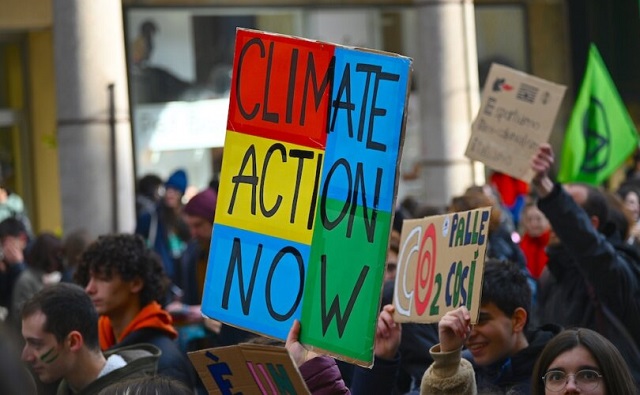
From LifeSiteNews
By Frank Wright
Martin Durkin’s new film ‘Climate: The Movie (The Cold Truth)’ shows how the livelihoods of climate scientists and a host of green advocates rely on keeping their alarmist narrative alive – despite the facts.
Martin Durkin’s new film Climate: The Movie (The Cold Truth) opens a hot topic with some very spicy takes.
“This is the story of how an eccentric environmental scare grew into a powerful global industry” – so says Durkin’s voice-over, following a reprise of Greta Thunberg’s infamous “How dare you!” speech. The imagery of those deathly pale women in their blood-red costumes cat-walking doom for the cameras fades into whirling wind farms, followed by some striking claims.
One, from the co-founder of Greenpeace, sets the tone: “There’s no such thing as a climate emergency on this planet.”
Climate scam: Global control?
The film directly challenges the claim that CO2 levels from human activity are causing runaway climate change and shows how the livelihoods of climate scientists and a host of green advocates rely on keeping this narrative alive – despite the facts. Professor Steven Koonin of NYU asks on behalf of the climate science industry: “If CO2 is not having this impact – how are we going to stay in business?”
Precisely what that business is, and how it is maintained, is also the subject of a film whose central premise is that the world is in fact entering a period of cooling. Patrick Moore, the co-founder of environmental campaign group Greenpeace, says the presence of the polar ice caps shows that “this is an ice age. We’re at the tail end of a 50-million-year cooling period, and they’re saying it’s too hot.”
READ: Texas pulls $8.5 billion from BlackRock over DEI rules, left-wing climate agenda
It is an opinion shared by noted scientists featured in the film, such as Professor Koonin.
This is an inconvenient truth, Durkin argues, which explains the rising alarmism from the green lobby.
“The climate alarm is nonsense. It’s a hoax” – so says William Happer, emeritus professor of physics at Princeton. “I think ‘scam’ is a better word – but I am willing to live with ‘hoax.’”
So why is it being pursued? According to Happer, “it’s a wonderful way to increase government power. If there’s an existential threat out there that’s worldwide. Well, you need a powerful worldwide government.”
Alongside other claims in the film that “activists are calling for the criminalization of climate skepticism,” Happer observes that “we see all these kinds of authoritarian measures being adopted, in the name of saving the planet. You’ve suddenly got the population under control all over the world.”
Yet power is not the only motive – there is also profit – for some. Professor John Clauser, who won the Nobel Prize for Physics in 2022, warns of how “there are not only billions but trillions of dollars at stake.”
Fear, power, and profit
Durkin is no stranger to climate controversy, with his 2007 film The Great Global Warming Swindle being praised in the British Parliament for showing how “anyone not agreeing with the orthodoxy of how climate change levy comes about sees their public funding drying up.”
The motion, supported by seven Conservative MPs, also noted “that one of the contributors [to the film] received a death threat.”
The climate of fear looks set to intensify, with Durkin’s new film showing how the science we are told to follow is made by an inhuman agenda of mandated poverty, food shortages, and depopulation – as this 2023 piece from Spiked makes clear.
READ: Trudeau gov’t paid WEF nearly $500k for report justifying its climate agenda, documents show
Man-made climate of opinion
Yet the tide outside the climate skeptical movement may also be turning.
Durkin gave a pre-release interview on March 14 to the UK’s Daily Telegraph. He told the hosts that the climate science we are told to follow is another example of a locked-down discourse presented as a debate.
“We have such an enormously powerful, publicly funded establishment that is able to control, directly or indirectly, what we hear, what we read, what we’re taught, what is okay to think, and what’s not okay to think,” he said.
The exclusion of dissent has manufactured the scientific “consensus” for the climate agenda.
“The frustrating thing for scientists in this area is you’re not really allowed to point to scientific data or observations published in mainstream journals carried out by scientists from very respected universities and so on, even cited by the IPCC [Intergovernmental Panel on Climate Change, a UN body] … if it doesn’t fit the narrative,” Durkin said.
“And the pressure on them to shut up is extreme.”
This is the man-made climate of opinion in which fear has become the latest currency of choice.
Within days of the release of the film, German physicist and science vlogger Sabine Hossenfelder asked her YouTube audience whether “we should be terrified of climate change.” Her answer?
“I am indeed terrified, terrified that scientists support manipulating people.”
She cites several recent sources in mainstream and academic media which advocate “evoking fear” to “spur climate action.”
Instead of fearmongering, she suggests we might best look at what can reasonably done to help preserve natural habitats for wild animals. This seems a reasonable position, and she cites a lack of clarity arising from climate modeling which may conflate natural fluctuations in climate with man-made changes.
Fact-checked
The film is intended to reveal that man-made climate change is a fraudulent operation which can only succeed by censorship and propaganda. It claims this vastly profitable industry – which one Swiss bank estimates will require $270 trillion to realist its goals – reduces to a campaign to enforce global authoritarian control by manufacturing an emergency that is not supported by the evidence.
These are bold claims, and we have heard them before. In this case, however, we can check the record for ourselves with ease.
One climate skeptic has taken the trouble to produce a detailed fact-check of the claims made in the film.
Describing his efforts as an “annotated bibliography.” retired petrophysicist Andy May has supplied information supporting “70 key statements” made in the movie, ranging from natural climate variation through unreliable models to data manipulation – and the existence of a multi-trillion dollar climate lobby which ensures that “skepticism is career suicide.”
May has published four books – most recently The Frozen Climate Views of the IPCC, which “documents biases and errors in the International Panel for Climate Change assessment.”
May’s book challenges the fearmongering such as that of the UN head Antonio Guterres that “we are on the road to climate hell,” saying instead that the IPCC “seeks to rewrite climate history” to frame a narrative of doom unsupported by the facts.
“The strategy of the IPCC seems to be to hide any good news about climate change,” says the summary for his book, available via May’s website.
Fact-checker responds
May had this to say about the film whose facts he checked: “From the very beginning of this very well edited and produced movie we learn about the man-made climate change hoax or scam.”
He argues that this agenda is secured by the familiar tactic of demonizing and deplatforming skeptics.
“We learn that anyone skeptical that humans are causing dangerous climate change are to be shunned, or censored, or worse!” he says.
Finally, he shows the method in this madness. The alarmism is all about control.
“We also discover the ugly truth that all this government insistence that we are about to die due to global climate change is not true, and is all about money and power,” he explains. “The logic is that if it is truly a global problem, then it requires a global government, and all nations must submit to global domination by those who know what is good for us.”
Criminalizing dissent?
In one note, not included in the film, May cites evidence of “the U.S. Senate attempting to legislate scientific research outcomes,” saying “it doesn’t get worse than this.”
He directs readers to page 202 of a 2021 book by S.E. Koonin, which documents the attempt led by Senator Chuck Schumer in 2019 to pass bill S.729, which aimed “to prohibit the use of funds to Federal agencies to establish a panel, task force, advisory committee, or other effort to challenge the scientific consensus on climate change, and for other purposes.”
As May notes, “Fortunately, the bill failed to pass, but the political pressure to find humans caused recent climate changes is overwhelming.”
This is an agenda which holds much of government, media, business, and even the scientific community captive. With trillions of dollars and the lives and liberty of humanity at stake, it is a welcome development that Durkin’s film, and the facts behind it, are now reaching a global audience.
You can see Climate: The Movie (The Cold Truth) here for free.
Business
Trump slaps Brazil with tariffs over social media censorship
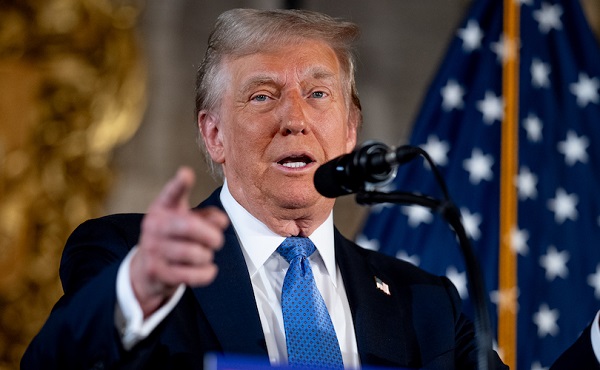
From LifeSiteNews
By Dan Frieth
In his letter dated July 9, 2025, addressed to President Luiz Inácio Lula da Silva, Trump ties new U.S. trade measures directly to Brazilian censorship.
U.S. President Donald Trump has launched a fierce rebuke of Brazil’s moves to silence American-run social media platforms, particularly Rumble and X.
In his letter dated July 9, 2025, addressed to President Luiz Inácio Lula da Silva, Trump ties new U.S. trade measures directly to Brazilian censorship.
He calls attention to “SECRET and UNLAWFUL Censorship Orders to U.S. Social Media platforms,” pointing out that Brazil’s Supreme Court has been “threatening them with Millions of Dollars in Fines and Eviction from the Brazilian Social Media market.”


Trump warns that these actions are “due in part to Brazil’s insidious attacks on Free Elections, and the fundamental Free Speech Rights of Americans,” and states: “starting on August 1, 2025, we will charge Brazil a Tariff of 50% on any and all Brazilian products sent into the United States, separate from all Sectoral Tariffs.” He also adds that “Goods transshipped to evade this 50% Tariff will be subject to that higher Tariff.”
Brazil’s crackdown has targeted Rumble after it refused to comply with orders to block the account of Allan dos Santos, a Brazilian streamer living in the United States.
On February 21, 2025, Justice Alexandre de Moraes ordered Rumble’s suspension for non‑compliance, saying it failed “to comply with court orders.”
Earlier, from August to October 2024, Moraes had similarly ordered a nationwide block on X.
The court directed ISPs to suspend access and imposed fines after the platform refused to designate a legal representative and remove certain accounts.
Elon Musk responded: “Free speech is the bedrock of democracy and an unelected pseudo‑judge in Brazil is destroying it for political purposes.”
By linking censorship actions, particularly those targeting Rumble and X, to U.S. trade policy, Trump’s letter asserts that Brazil’s judiciary has moved into the arena of foreign policy and economic consequences.
The tariffs, he makes clear, are meant, at least in part, as a response to Brazil’s suppression of American free speech.
Trump’s decision to impose tariffs on Brazil for censoring American platforms may also serve as a clear signal to the European Union, which is advancing similar regulatory efforts under the guise of “disinformation” and “online safety.”
With the EU’s Digital Services Act and proposed “hate speech” legislation expanding government authority over content moderation, American companies face mounting pressure to comply with vague and sweeping takedown demands.
By framing censorship as a violation of U.S. free speech rights and linking it to trade consequences, Trump is effectively warning that any foreign attempt to suppress American voices or platforms could trigger similar economic retaliation.
Reprinted with permission from Reclaim The Net.
Censorship Industrial Complex
Canadian pro-freedom group sounds alarm over Liberal plans to revive internet censorship bill

From LifeSiteNews
The Democracy Fund warned that the Liberal government may bring back a form of Bill C-63, which is aimed at regulating online speech.
One of Canada’s top pro-democracy groups has sounded the alarm by warning that the Canadian federal government is planning to revive a controversial Trudeau-era internet censorship bill that lapsed.
The Democracy Fund (TDF), in a recent press release, warned about plans by the Liberal government under Prime Minister Mark Carney to bring back a form of Bill C-63. The bill, which lapsed when the election was called earlier this year, aimed to regulate online speech, which could mean “mass censorship” of the internet.
“TDF is concerned that the government will try once more to give itself the power to criminalize and punish online speech and debate,” the group said.
“TDF will oppose that.”
According to the TDF, it is “concerned that the government intends to re-introduce the previously abandoned Online Harms Bill in the same or modified form.”
Bill C-63, or the Online Harms Act, was put forth under the guise of protecting children from exploitation online. The bill died earlier this year after former Prime Minister Justin Trudeau called the 2025 federal election.
While protecting children is indeed a duty of the state, the bill included several measures that targeted vaguely defined “hate speech” infractions involving race, gender, and religion, among other categories. The proposal was thus blasted by many legal experts.
The Online Harms Act would have censored legal internet content that the government thought “likely to foment detestation or vilification of an individual or group.” It would be up to the Canadian Human Rights Commission to investigate complaints.
The TDF said that Bill C-63 would have made it a criminal offense to publish ill-defined “harmful content.”
“It required social media companies to remove potentially harmful content or face punitive fines. Many defenders of civil liberty, including TDF, worried that the application of this badly defined concept would lead to mass surveillance and censorship,” the group said.
The TDF warned that under Carney, the government is “once again considering new or similar legislation to regulate online speech, with the Minister of Justice claiming he would take another look at the matter.”
Mark Joseph, TDF litigation director, pointed out that Canada already has laws that “the government can, and does, use to address most of the bad conduct that the Bill ostensibly targeted.”
“To the extent that there are gaps in the Criminal Code, amendments should be carefully drafted to fix this,” he said.
“However, the previous Bill C-63 sought to implement a regime of mass censorship.”
As reported by LifeSiteNews last month, a recent Trudeau-appointed Canadian senator said that he and other “interested senators” want Carney to revive a controversial Trudeau-era internet censorship bill that lapsed.
Another recent Carney government Bill C-2, which looks to ban cash donations over $10,000, was blasted by a constitutional freedom group as a “step towards tyranny.”
Carney, as reported by LifeSiteNews, vowed to continue in Trudeau’s footsteps, promising even more legislation to crack down on lawful internet content.
He has also said his government plans to launch a “new economy” in Canada that will involve “deepening” ties to the world.
Under Carney, the Liberals are expected to continue much of what they did under Justin Trudeau, including the party’s zealous push in favor of abortion, euthanasia, radical gender ideology, internet regulation and so-called “climate change” policies. Indeed, Carney, like Trudeau, seems to have extensive ties to both China and the globalist World Economic Forum, connections that were brought up routinely by conservatives in the lead-up to the election.
-

 Business2 days ago
Business2 days agoWEF-linked Linda Yaccarino to step down as CEO of X
-

 Automotive2 days ago
Automotive2 days agoAmerica’s EV Industry Must Now Compete On A Level Playing Field
-

 Business2 days ago
Business2 days ago‘Experts’ Warned Free Markets Would Ruin Argentina — Looks Like They Were Dead Wrong
-
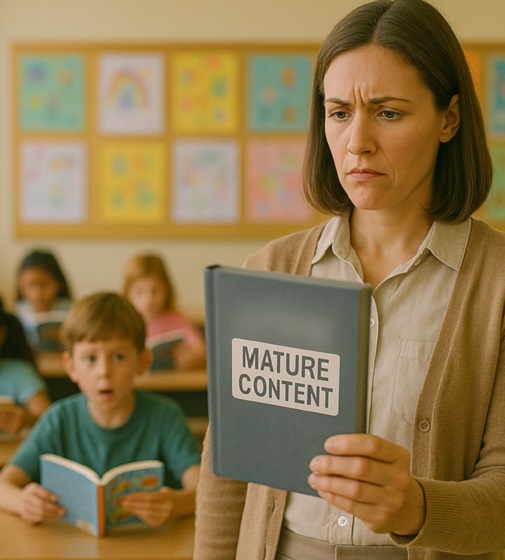
 Alberta1 day ago
Alberta1 day agoAlberta school boards required to meet new standards for school library materials with regard to sexual content
-
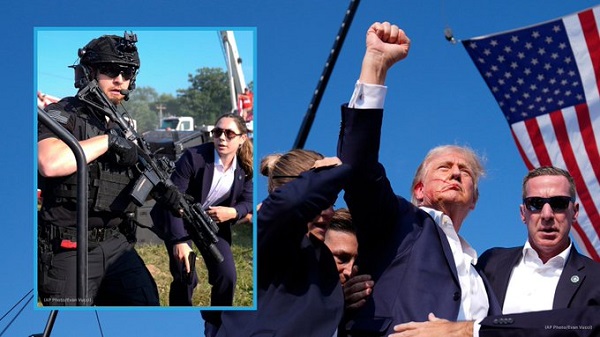
 International2 days ago
International2 days agoSecret Service suspends six agents nearly a year after Trump assassination attempt
-

 Bruce Dowbiggin1 day ago
Bruce Dowbiggin1 day agoThe Covid 19 Disaster: When Do We Get The Apologies?
-

 Alberta1 day ago
Alberta1 day agoFourteen regional advisory councils will shape health care planning and delivery in Alberta
-

 Environment22 hours ago
Environment22 hours agoEPA releases report on chemtrails, climate manipulation

